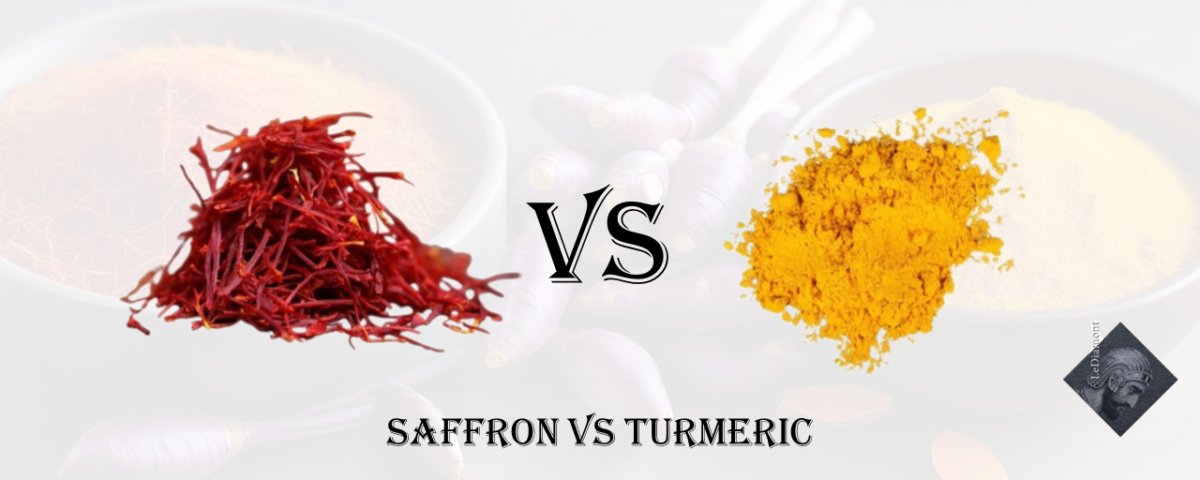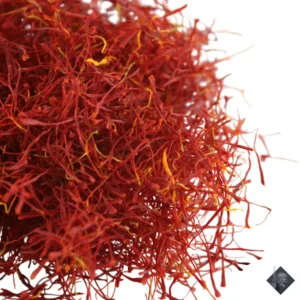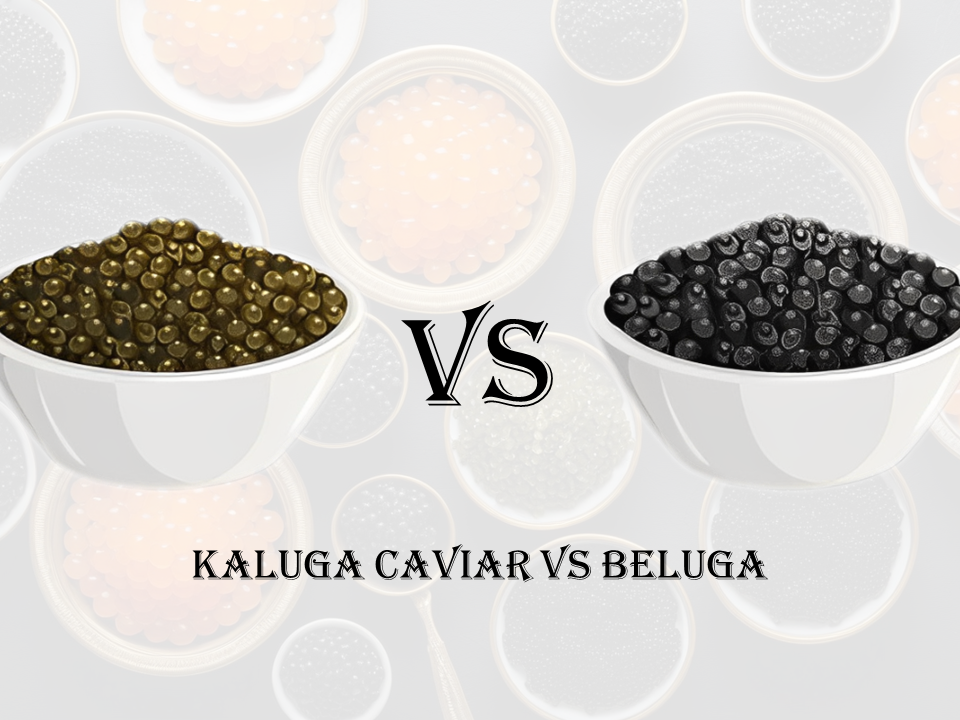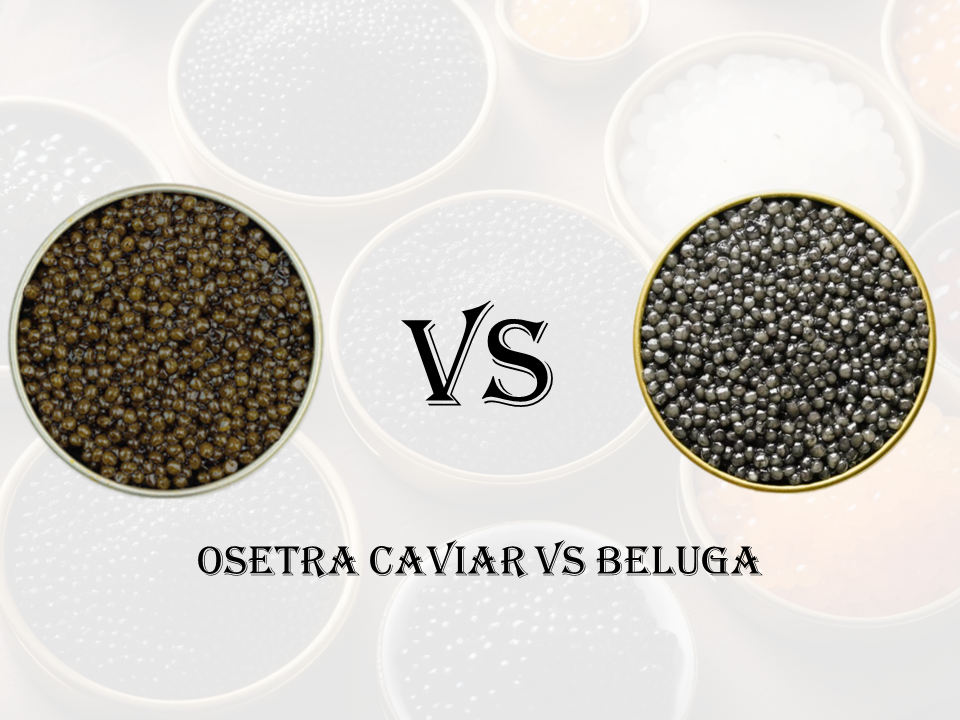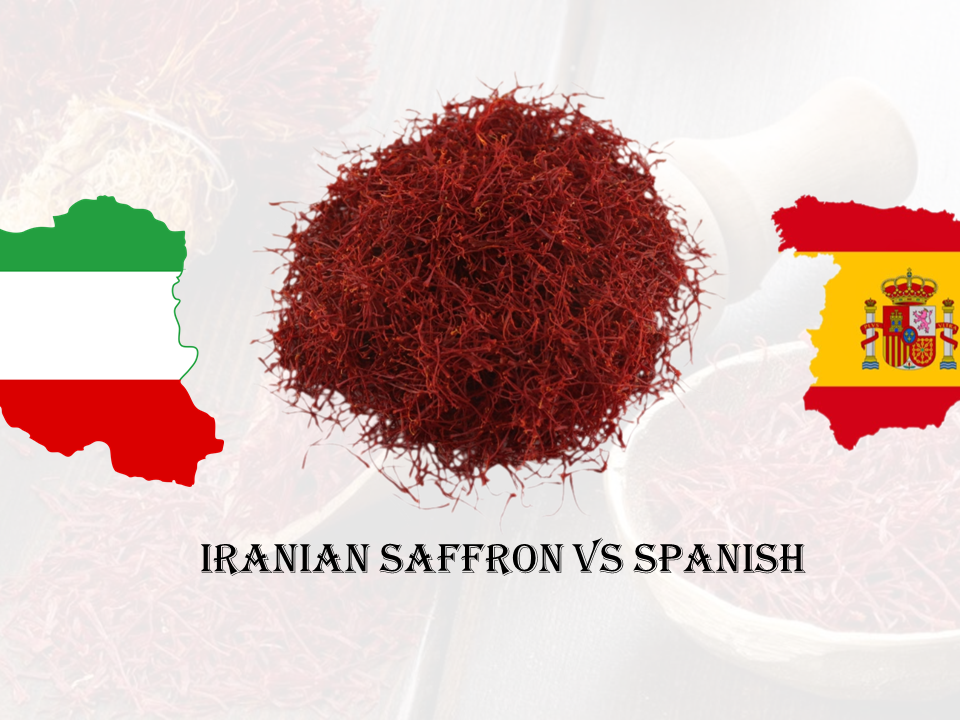Saffron VS Turmeric

osetra caviar vs beluga
September 9, 2024
Kaluga caviar VS Beluga
September 17, 2024Variety is truly the spice of life, but in the kitchen, spices are the magic that can transform a dish from ordinary to extraordinary. The right herbs and seasonings, like saffron and turmeric, not only elevate your recipes but might also offer some extra health benefits. Saffron vs turmeric is often a debate among culinary enthusiasts, as both bring unique flavors and potential health boosts to the table.
While staples like rosemary and basil are so familiar that we could practically cook with our eyes closed, other spices are a bit more exotic and not as widely understood. Take saffron vs turmeric, for instance. These two herbs have been cherished in Indian and Middle Eastern kitchens for ages and have also been used for their medicinal properties in various cultures. Interestingly, the name “turmeric” actually comes from a Persian word that means saffron, and it’s sometimes called “golden saffron.”
Is Saffron the Same as Turmeric?
Saffron vs turmeric might share some similarities—like their vibrant hues and bold flavors—but they come from entirely different plants. Turmeric is a root, while saffron comes from the delicate threads of a flower. As a result, saffron has a lighter, more floral taste, while turmeric offers a more earthy, bitter kick.
Interestingly, in the saffron vs turmeric debate, if you find yourself out of one, you can sometimes use the other as a substitute. So, in a pinch, saffron can stand in for turmeric, and vice versa, adding a touch of culinary creativity to your kitchen adventures!
Saffron
Saffron comes from a charming little plant that blooms up to four delicate flowers, each sporting three vivid crimson threads. These threads are the magic ingredient that gets dried and ground into the prized spice we love. Saffron is especially known for its role in adding a luxurious touch to seafood and rice dishes, giving them a beautiful color and a unique flavor.
Types of Saffron
Just like turmeric, saffron comes in a variety of subspecies, each influenced by its growing environment. Some of these types even take their names from the places where they’re cultivated. For instance, there’s Sardinia saffron from Italy, Zafferano dell’Aquila (another Italian delight), Sargol saffron from Iran, and Kashmiri saffron from India. Each type brings its unique flair, adding a touch of global flavor to your culinary creations.
Saffron Benefits

saffron has attracted a lot of research attention, particularly regarding its active components, safranal and crocin. Both of these compounds are known for their antioxidant properties and some level of vitamins. Here’s a snapshot of what recent studies have uncovered:
- Crocin and Cancer: Research has hinted at crocin’s potential to impact cancer development. Some studies suggest it might help reduce the risk of certain cancers, offering a hopeful glimpse into its benefits.
- Detoxification: Another interesting find is saffron’s role in detoxification. Studies indicate that it can help clear the body of heavy metals, like aluminum, aiding in the removal of accumulated toxins.
- Possible advantages for vision health: Some studies suggest that saffron could be beneficial for managing eye conditions such as age-related macular degeneration (AMD), a common cause of vision loss in seniors.
- Enhance Heart Health: Thanks to its anti-inflammatory and antioxidant properties, incorporating saffron into your diet contributes to better cardiovascular health.
It’s amazing how such a small spice can contribute to such significant health benefits!
Saffron Uses
Saffron is a versatile spice, adding both flavor and a golden tint to various dishes. Outside of cooking, it’s used for dyeing fabrics and in perfumes. It’s a key ingredient in Indian, Moroccan, and Iranian cuisines, where it’s famously used in Iran’s crispy Tahdig. In Europe, saffron is essential in Spanish Paella, Italian Risotto, and French Bouillabaisse.
Lediamont’s persian saffron collection
Ready to explore some of the finest saffron varieties? Here’s a look at Lediamont’s top picks from their saffron collection, each one capturing the rich, vibrant essence that makes saffron a timeless culinary treasure.
Super Negin Saffron
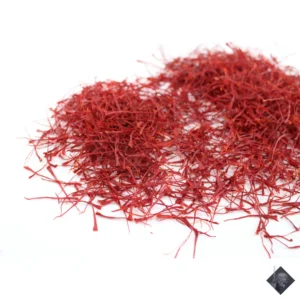
Super Negin saffron is the most luxurious and sought-after variety, known for its superior quality and stunning appearance. This high-end saffron features long, deep red threads free from any yellow or orange fragments, making it the purest and priciest option available. Its flawless cut and lack of crumbs enhance both its beauty and quality, making it the perfect choice for those looking to add a touch of elegance to their dishes.
Negin Saffron
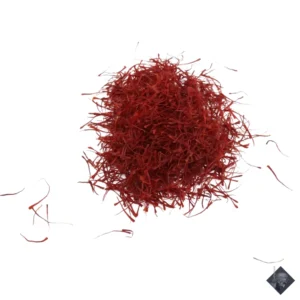
Negin saffron boasts longer threads with a few yellow and orange pieces mixed in. While these additional bits may slightly lower its overall grade, Negin saffron still offers an excellent balance between aroma, taste, and cost. It’s a popular option for those seeking high-quality saffron without paying the premium price of Super Negin.
Sargol Saffron
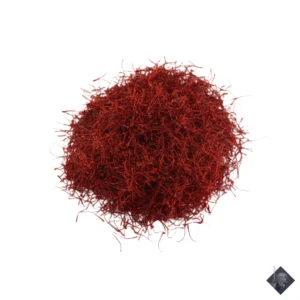
Meaning “Top of the Flower” in Farsi, Sargol saffron is another premium variety known for its deep red color and rich aroma. This type is derived from the very tips of the saffron threads and contains no yellow or orange strands, ensuring its superior quality. Sargol saffron is highly prized for its vibrant hue and intense flavor.
Pushal Saffron
Pushal saffron is the most budget-friendly option, often found in local markets. However, buyers should be cautious, as some sellers might mix in orange and yellow parts, which are less valuable and can unfairly increase the price. While Pushal saffron is more affordable, it’s important to purchase from reputable sources to ensure you receive a good quality product without paying extra for inferior pieces.
Turmeric
Since turmeric belongs to the same plant family as ginger, it shares quite a few similarities with the ginger root. Its vibrant, deep golden hue and its bold, peppery, and slightly bitter flavor make it a star ingredient in curry dishes. Besides adding a punch to your cooking, turmeric’s rich color also makes it a fantastic natural dye.
Types of Turmeric
There are about 30 different types of turmeric commonly grown, but the “erode” variety is known as the most popular because of its superior quality and wide availability. Another notable variety is Krishna, known for its impressive yield per plant. Other interesting types include:
- China Scented
- Red Streaked
- Alleppey
- Thodupuzha
- Andhra Pradesh
- Salem Turmeric
Turmeric benefits

Just like saffron, turmeric is not just a kitchen staple; for centuries, various cultures have believed in its potential health benefits. In the saffron vs turmeric comparison, turmeric stands out for containing curcumin, its active compound known for its powerful antioxidants and anti-inflammatory properties.
Here’s a quick overview of the latest studies on turmeric and curcumin:
- Alzheimer’s Disease: Studies have explored turmeric’s impact on Alzheimer’s, revealing that curcumin might help block the formation of beta-amyloid plaques in the brain. These plaques are linked to impaired cognitive function, so turmeric’s natural compounds could potentially support brain health.
- Cancer: Research is also focusing on how curcumin’s antioxidant properties might combat cancer. Curcumin may neutralize free radicals, thereby reducing the risk of cancer cell development and spread.
- Inflammation: Turmeric’s effects on inflammation are another area of interest. Some studies suggest that turmeric can alleviate symptoms associated with inflammatory conditions, such as arthritis, by reducing inflammation.
- Digestive Health: Turmeric might also benefit digestive issues. It has been shown to help with symptoms of indigestion, ulcerative colitis, and stomach ulcers. This may be due to curcumin’s ability to stimulate bile production in the gallbladder, aiding digestion.
Turmeric Uses
Turmeric isn’t just for curries; this vibrant spice can elevate a wide array of dishes with its earthy, slightly bitter flavor. Here’s how you can bring turmeric into your kitchen:
- Season Grilled Meats: Infuse grilled lamb with turmeric for a warm, aromatic twist. Its unique flavor pairs beautifully with the smoky char of grilled meats.
- Craft Spicy Curries: Turmeric is a star ingredient in spicy chicken curry or vegetable yellow curry. It not only adds color but also enriches the curry with its complex depth.
- Homemade Dressings: Whip up your own salad dressings by mixing turmeric into your favorite recipes. It adds a lovely golden hue and an extra layer of flavor.
Saffron VS Turmeric; Which One is Better?
Choosing between saffron vs turmeric often depends on what you’re cooking and how much you’re willing to spend. Turmeric is generally cheaper and more economical, but it may not provide as much variety in your recipes. Saffron, with its rich and multifaceted flavor profile, can enhance a wide range of dishes, though it is more expensive.







